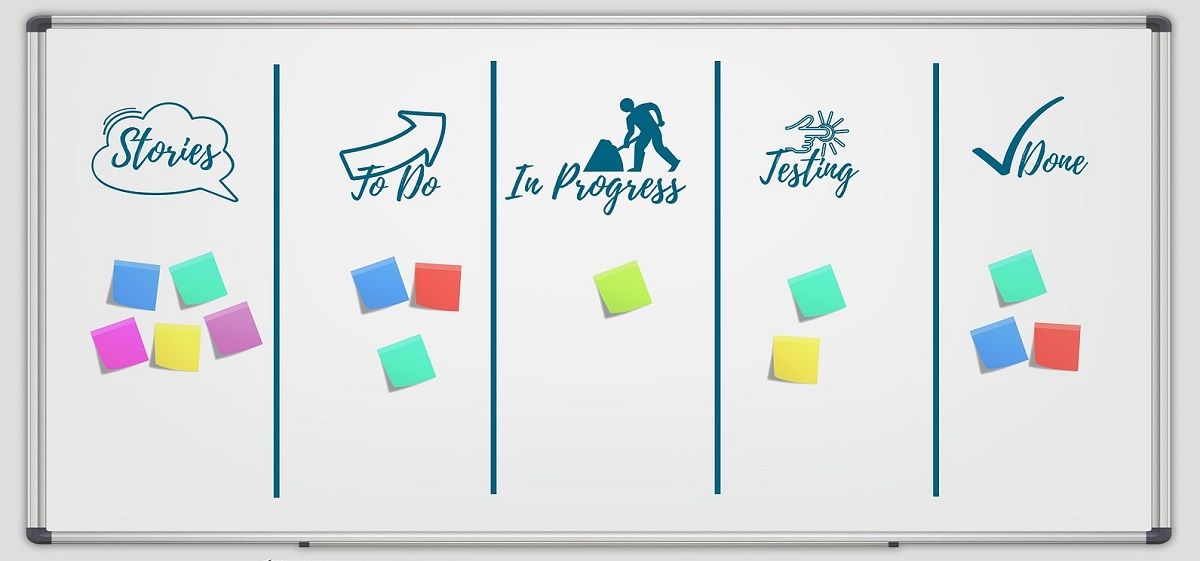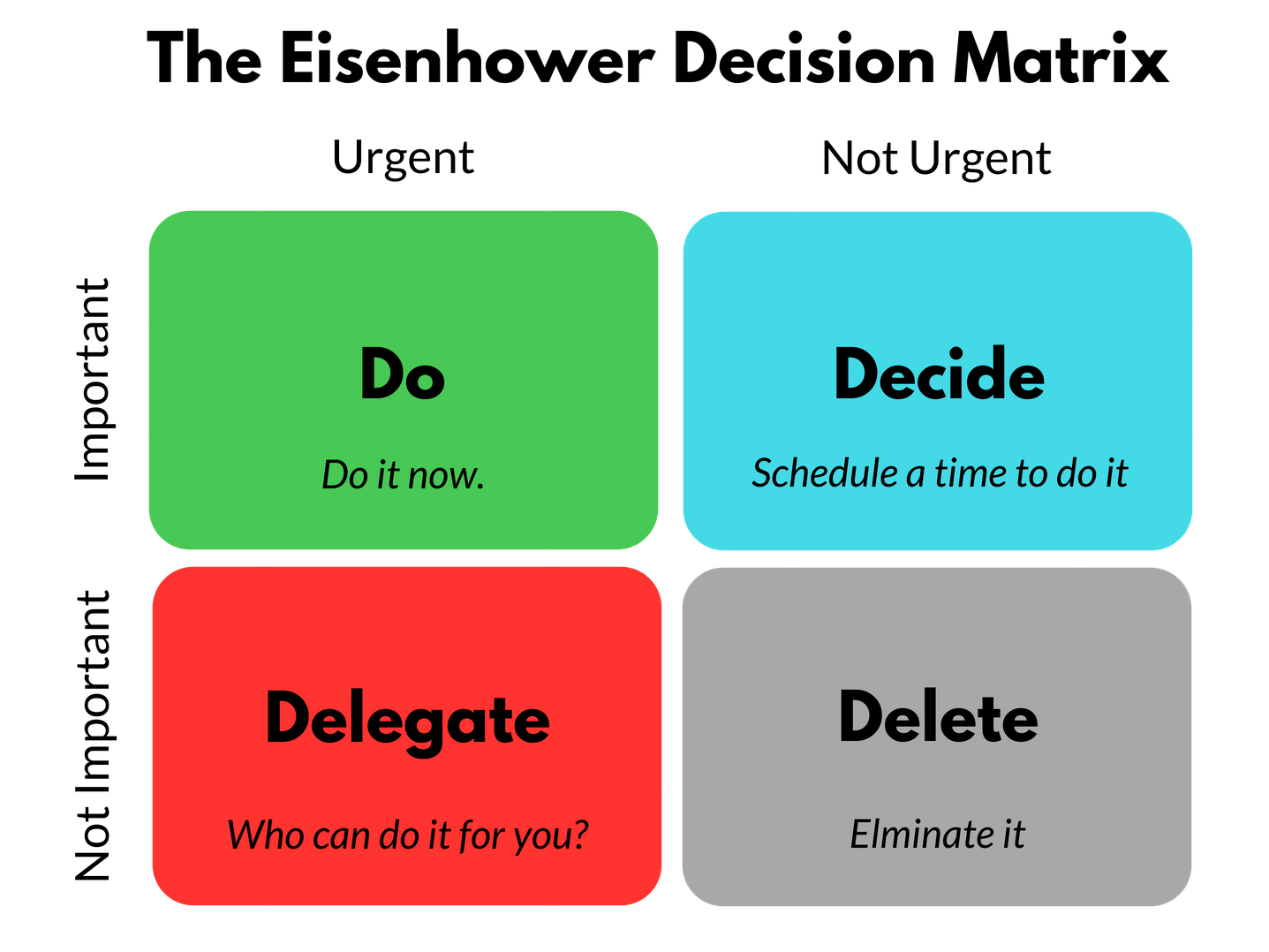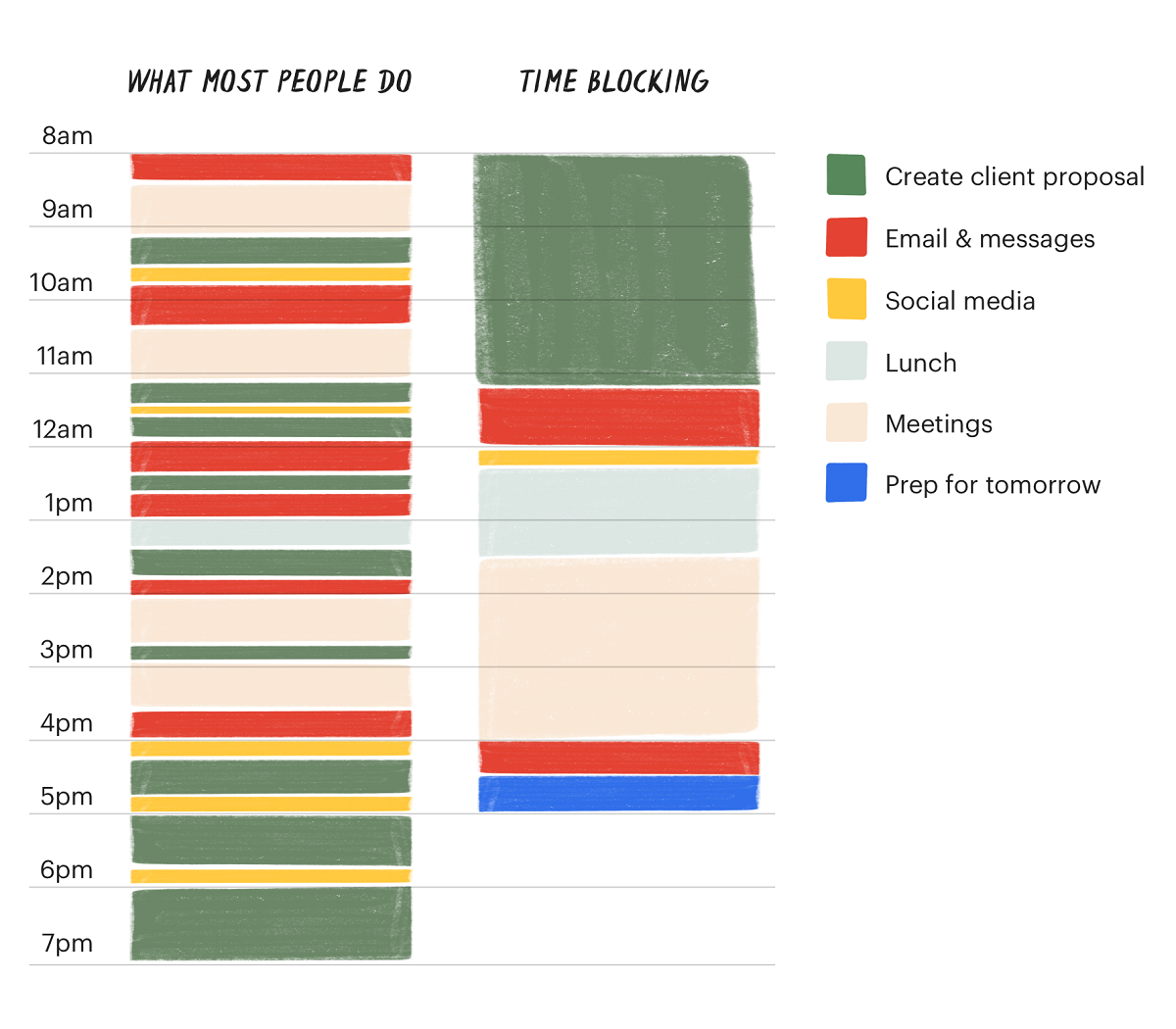10 Proven & Most Effective Time Management Techniques
Wondering how some people manage to complete their tasks on time and even maintain their personal lives? Well, it's no rocket science; it's just good time management.
Getting it right means working smarter, not harder, for better results - even under pressure and tight deadlines. Here are the 10 proven and most effective time management techniques that help you do so.
1. Getting Things Done (GTD)
Getting things done (GTD) is one of the most popular time management frameworks available. It’s a five-step method that helps you break bigger tasks into smaller manageable steps and then finish those small steps immediately.
- Capture: Note down all the ideas, thoughts, tasks, etc. that come to your mind.
- Process: Identify if the tasks on your list are urgent or not. If an item is not urgent, disregard it for the time being. Do it, or delegate it, if the task is important and urgent.
- Organize: Prioritize your to-do list based on what needs to be done and when.
- Reflect: Review your action list regularly to establish your next priority. Cross off tasks as you complete them and update your list.
- Engage: Complete the tasks or smaller chores that can be done right away.
Benefits of using GTD:
- You'll keep track of all your activities, assignments, and projects.
- GTD can help you increase your personal and business productivity.
Drawbacks of using GTD:
- GTD does not provide instructions for coping with distractions, so you must employ willpower to move forward with your task.
- Tasks are organized by context rather than project, which may be inconvenient for users who are used to parsing tasks in relation to their projects.
2. Kanban

The Kanban technique was developed in Japan in the 1960s to help boost efficiency and effectiveness in manufacturing.
It is a visual time management technique that allows you to watch the progress of your projects by tracking how tasks move across variously designated columns (stages).
Here’s what you need to implement Kanban:
- You would need a pen and piece of paper or billboard or even project management applications like SmartTask or Trello that offer Kanban boards for easy application of the Kanban technique.
- Demarcate how many stages there will be in your project or task, and create the columns to represent those stages. For example, it can be---Urgent, Under Progress, To-Do List, Waiting List, Completed, etc.
- As per the progress of tasks, move them to their respective columns.
Benefits of using Kanban:
- Can be tailored to your specific requirements.
- Provides a clear visual picture of your complete work scenario.
Drawbacks of using Kanban:
- Creating a Kanban board and determining the stages takes time.
- Because the primary metric of progress is moving between columns, you cannot anticipate when your team will complete the tasks.
3. Pomodoro
When doing intense work, it is important to take short breaks as it keeps you refreshed and boosts your productivity. This is exactly how Pomodoro helps you.
The Pomodoro (Tomato) Technique was developed in the late 1980s by software developer and author Francesco Cirillo, and it is now one of the most popular time management techniques available.
The basic idea of this time management method is very simple. You divide your work into work and break cycles. Here’s what you need to do:
- Choose a task to complete.
- Set your Pomodoro timer (for 25 minutes).
- Start working on the task.
- When the timer goes off after 25 minutes, stop working (one Pomodoro).
- Take a short break if you have fewer than four Pomodori (3–5 minutes).
- Take a lengthier rest (15-30 minutes) after 4 Pomodori, then return to step 1.
Benefits of using Pomodoro:
- Regular breaks prevent burnout and enhance performance.
- Simple to monitor profitability and productivity.
Drawbacks of using Pomodoro:
- When one Pomodoro is done, you must stop working. This can be counterproductive if you're doing very well at your task.
- Maintaining set intervals of 25/5 minute sessions may not be suitable for some people.
4. The Eisenhower Matrix

Dwight D. Eisenhower, the 34th President of the United States, devised the Eisenhower Matrix as a time management strategy. It is also known as the time management matrix.
The strategy assists in prioritizing work based on urgency and importance while sorting out less urgent and important jobs that should be delegated or avoided entirely.
This strategy involves four quadrants:
- Do the most important tasks first.
- Schedule every less urgent but still significant task for later completion.
- Delegate urgent but less critical responsibilities to others (if possible).
- Do not do tasks that are neither urgent nor important.
Benefits of using the Eisenhower Matrix:
- A good way to prioritize tasks.
- Allows you to think about which tasks you may delegate or delete.
Drawbacks of using the Eisenhower Matrix:
- Might be difficult to assess the importance and urgency of tasks.
- Present bias may prevent you from fully using this strategy.
5. Eat That Frog
It’s all about prioritizing your important/difficult tasks first.
Mark Twain said, “If it’s your job to eat a frog, it’s best to do it first thing in the morning. And if it’s your job to eat two frogs, it’s best to eat the biggest one first.” Here’s how you go by it:
Do the most important and hard tasks first, and then move on to the less important ones. It will help you better manage your workflow and become more efficient.
Benefits of using Eat That Frog:
- Doing the most critical or difficult task first thing in the morning ensures that the remainder of your daily tasks will be easy to complete.
Drawbacks of using Eat That Frog:
- A challenging and demoralizing start to the day.
6. Time Blocking

One of the best methods to save time and be productive, which is even used by Elon Musk is Time Blocking.
From the time you wake up, plan your entire day in time blocks. It can be anything from eating breakfast, to meeting with clients. This will also help you distribute your day between personal and professional tasks effectively.
Here’s how to go about it:
- Make two columns on a piece of paper. On the left, jot down each hour of the day and divide the time into half-hour or hour portions.
- Estimate how long it will take to finish each of your activities and schedule them accordingly. If you are not sure, use time tracking software to know how long you usually take.
- Add buffer durations between each time block to allow for changes throughout the day.
Benefits of using Time Blocking:
- A complete method of tracking your workday.
- You'll have a better sense of control over your workload.
Drawbacks of using Time Blocking:
- Unexpected interruptions may affect your entire timetable.
- Your time calculations may be incorrect, disrupting your workflow.
7. Timeboxing
You assign fixed time periods (timeboxes) to tasks and finish them within the defined constraints. Timeboxing technique is commonly utilized in project management since it involves specified deadlines. Here’s how you do it:
- Make a list of all your tasks and define their objectives.
- Assign the time to the task based on its importance and requirements.
- If it is a difficult task, delegate it or break it down into smaller periods.
- Begin with the most difficult task and work your way down.
- Take a breather once the time limit is reached.
- Examine what you've accomplished and move forward.
Benefits of using Timeboxing:
- Excellent for dealing with a large number of small tasks.
- Because deadlines are crucial, you'll be focused on getting as much done as possible before the timer runs out.
Drawbacks of using Timeboxing:
- When you consider inevitable interruptions, such as phone calls, it may be difficult to follow a rigorous plan defined by timeboxes.
- Just as with Time Blocking, your timeboxing calculations may be incorrect, disrupting your workflow.
8. Inbox Zero
The objective here is to get your email inbox to zero every day while spending the minimum amount of time possible on emails.
To hit inbox zero, you must:
- Choose a time of day to work on managing your email and stick to it.
- Don’t leave the email tab open in your browser outside of your decided time and turn off notifications.
- Prioritize your emails into categories based on:
- Critical emails that must be answered immediately and those that can be answered swiftly.
- Move emails that will require more time to respond to a "needs a response" folder.
- Determine which emails can be delegated or deleted.
Benefits of using Inbox Zero:
- A fantastic way for handling a high-traffic email.
- Ensures you are not distracted by emails throughout the day.
Drawbacks of using Inbox Zero:
- It takes time because you have to forward, archive, and delete a lot of emails.
- It can be problematic for people involved with sales and clients as important emails might get lost.
9. Deep Work
Cal Newport coined the term "deep work," which states that all intellectual pursuits should be undertaken in a state of distraction-free concentration that pushes your cognitive powers to their limits.
Here's how to use the Deep Work technique:
- Schedule time for intense work, especially on the days you have the most energy.
- Solely concentrating on your most important activities.
- Avoid distractions at all costs.
- Complete recurring tasks that are less difficult for times when your energy levels are low.
Benefits of using Deep Work:
- This technique ensures that you concentrate on high-quality work while ignoring any distractions.
- It improves your ability to perform difficult jobs and tackle complex difficulties.
Drawbacks of using Deep Work:
- It may be tough to do deep work when working from the office.
- You won't be able to take regular breaks which might affect your productivity.
10. ABCDE Method
Alan Butler developed the ABCDE approach, which is featured in his book "How to Get Control of Your Time and Your Life." It can assist you in prioritizing tasks and reducing the time required to perform them.
When employing this method, divide your assignments into five groups based on their importance:
- A — The tasks that are most important
- B — The tasks that are less important
- C — The tasks that have no consequences
- D — The tasks that can be delegated
- E — The tasks that be eliminated
Benefits of using the ABCDE method:
- Helps you decide which activities you can assign or just delete.
- Prioritizing tasks becomes much easier.
Drawbacks of using the ABCDE method:
- You may overlook tasks that require your immediate attention.
- It can be tough to determine which activities are most important (A) and which are simply important for the day (B).
Use a Time Management Technique That Works For You
It is a method of trial and error. So, finding the right time management technique that works for you can take some time.
Don’t give up. Spend some time, and once you find the way that works best for you — stick to it!
Table of Contents
Join thousands of happy customers
SavvyCal is a best-in-class scheduling tool both you and your recipients will love
Get started